A sculpture where internationally acclaimed US artist James Turrell manipulates our normal perceptions of light and space.
The Kielder Skyspace is a sculptural artwork located on a rocky outcrop overlooking Kielder Water & Forest Park. The artwork consists of a short tunnel that leads to a partially buried circular room with a ceiling containing a central circular oculus or opening and a ring of seats forming the lower part of the inner wall.
There are also views across Kielder Water & Forest Park from the rocky outcrop behind the Skyspace.
Visitors find themselves in a space where the artist manipulates our normal perceptions of light and space. In daylight hours, this chamber; illuminated only by natural light through the roof opening, is a rugged contemplative space that presents the ever-changing sky as a moving picture for visitor's enjoyment and meditation. As the light conditions change at dusk, a ring of hidden lights illuminate the upper part of the chamber providing visitors with an extremely unusual display of tone and colour lasting for just over an hour.
"My work is not so much about my seeing as about your seeing. There is no one between you and your experience". James Turrell.
The main structure presents an overall feel of rugged simplicity and quiet away from the visual distractions found outside. We often experience the sky as being 'far away' because we see it disappearing behind trees, hills or houses. The Skyspace removes these clues and when seen from inside, the sky is often perceived to be right on top of the space, or sometimes intruding into it.
Lighting times within Skyspace change throughout the year as the days lengthen towards the summer solstice in June and shorten towards the winter solstice in December.
Note: In summer months there is usually still light in the sky when the lighting programme finishes. In winter however, although sunset is much earlier in the day twilight is also much shorter, so visitors are advised to bring a torch to assist their journey back down to the car park near the C200.
When the lights in the tunnel turn on, the system is active. This happens 15 minutes before the main lighting programme starts. A sensor in the entrance recognises visitors entering the tunnel and will initiate the start of the main lighting within the main chamber.
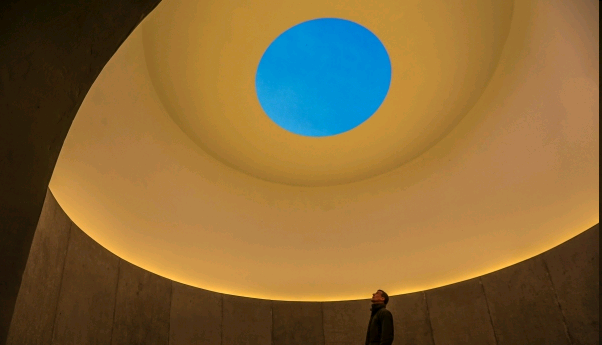
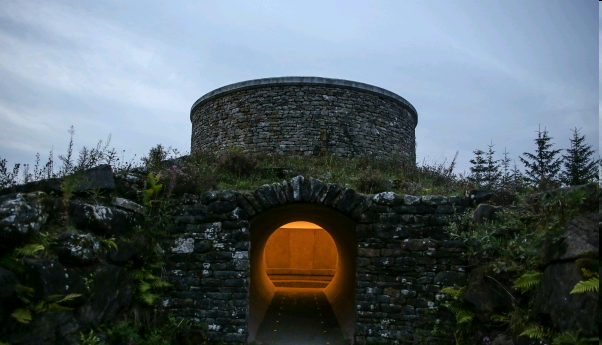
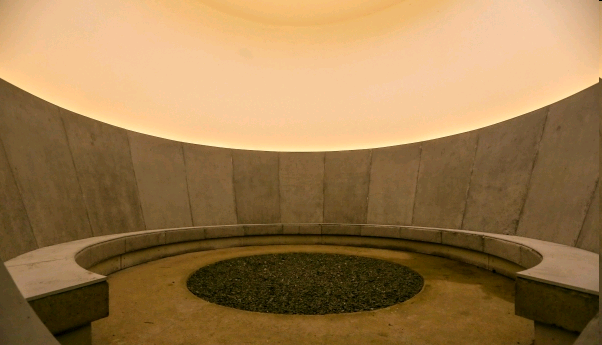
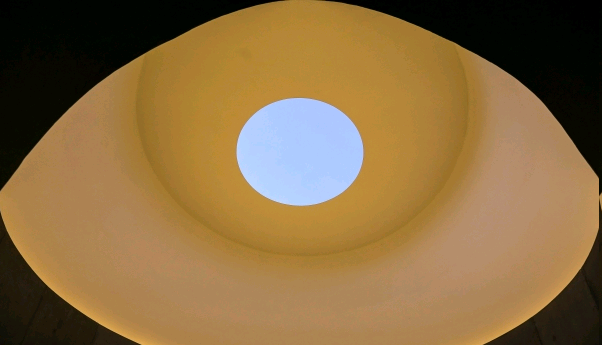
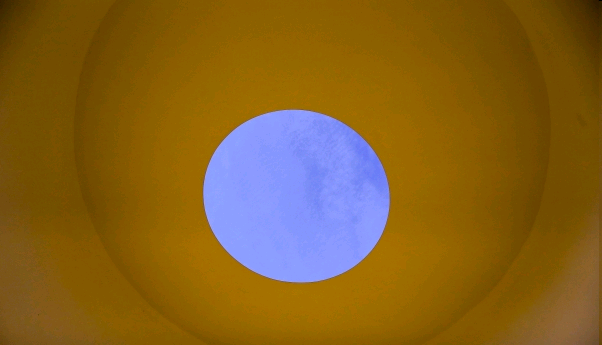
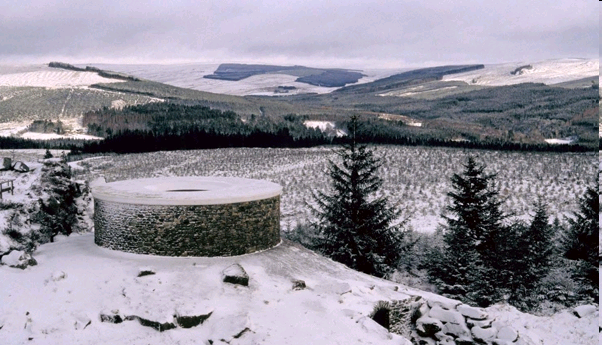
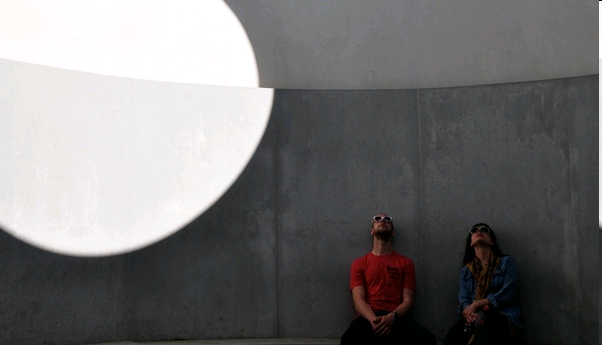
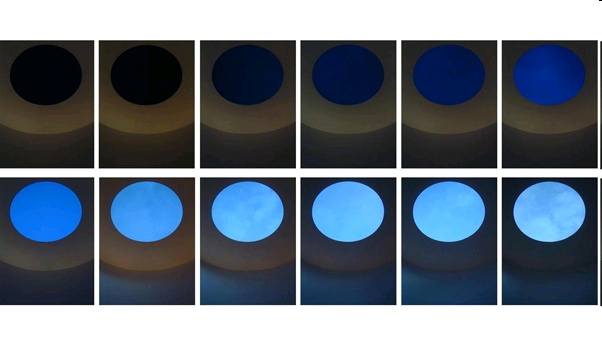
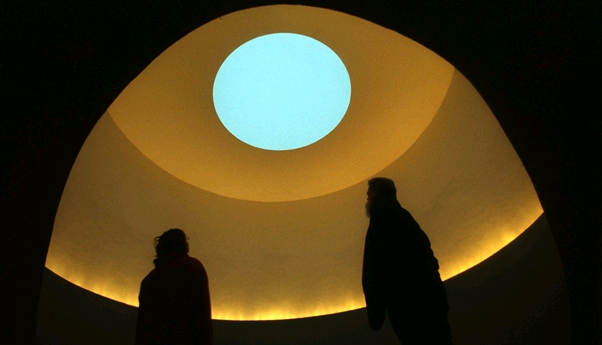
OS map re. NY 613928
What 3 Words: bearings.perfectly.live
The nearest public parking is within a car park sited just off the C200, signed Kielder Skyspace and Observatory. This is the start of the track leading to the Skiyspace and Kielder Observatory beyond.
Walking to the Skyspace takes around 45 minutes and approximately 20 minutes by bicycle depending on ability. The ascent is approximately 360 feet/110m higher than the bottom car park and while the route is not a difficult walk, the additional elevation makes the site exposed, and more susceptible to wind and colder temperatures.
Visitors wishing to drive up to the sculpture will need to get a key to pass through the forestry barrier beyond the lower car park. Keys are available from Kielder’s three main visitor centres, the nearest being Kielder Castle, and from the Calvert Kielder activity centre.
Skyspace can also be accessed by following the Lonesome Pine red grade mountain bike trail.
Over eighty Skyspaces exist worldwide and although each is different, all share a viewing room and an opening to the sky.
James Turrell is interested in the psychology of perception, essentially how our brains work to make sense of the world around us and 'invent' a reality to fit the information that our senses provide. In the Skyspace, a visitor's experience of colour becomes particularly challenged and the sky viewed from within the space often appears very different from the same sky seen outside. However, visitors are reminded that this is by its very nature an individual experience, and no two people will 'see' the same thing.
In spring 2018 Kielder Skyspace underwent a major refurbishment that included replacing or updating all its lighting and power equipment as well as repainting the upper chamber and stripping the original painted finish on the seats back to bare concrete, as originally intended.
The new lighting programme has been designed by James Turrell working closely with lighting artist Eleanor Bell and differs fundamentally from the original system. When first installed in 2000, fibre optics provided a constant level of light in the chamber throughout the daytime to night time transition. The new LED set up delivers far more even and much brighter illumination and incorporates a digitally controlled lighting programme that varies the intensity of the lighting throughout the period of transition - 65 minutes in total starting at sunset each day.
The enhancement of Skyspace has been made possible through support from Arts Council England, the Henry Moore Foundation, Northumberland County Council, and Forestry Commission England.
A 15 minute walk beyond the Skyspace, on the same forest track, will bring you to Kielder Observatory where visitors can walk around its decks in the daytime and take in the view.
